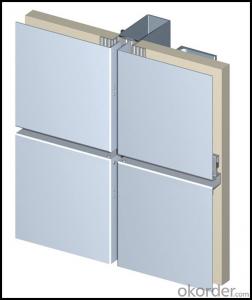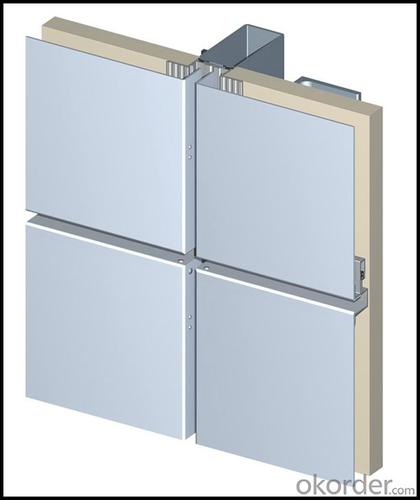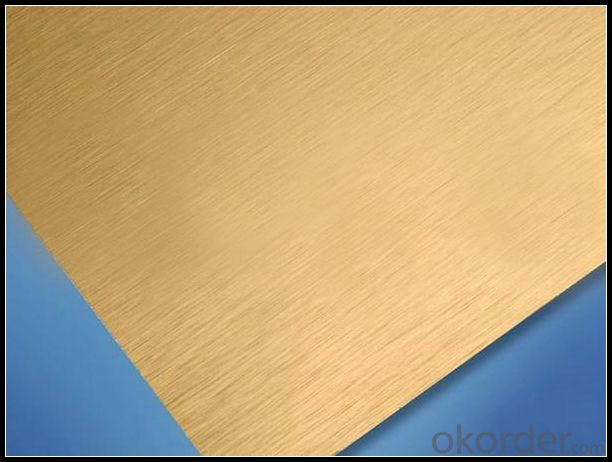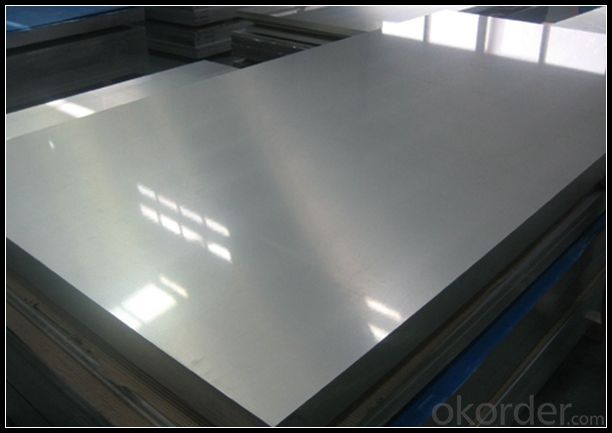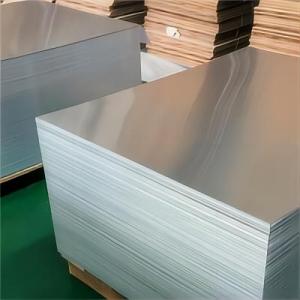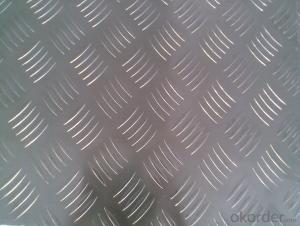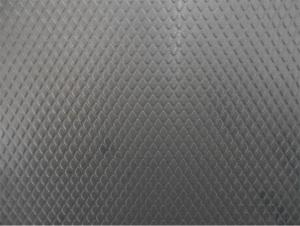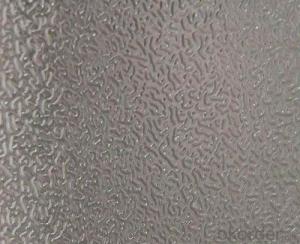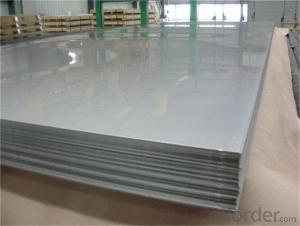Embossed Aluminum Sheets as per American Standard ASTM
- Loading Port:
- Shanghai
- Payment Terms:
- TT OR LC
- Min Order Qty:
- 5 m.t.
- Supply Capability:
- 1000 m.t./month
OKorder Service Pledge
OKorder Financial Service
You Might Also Like
Specification
1. Structure of Auminium Sheet As Per American Standard ASTM Description
Auminium Sheet As Per American Standard ASTM is semi-finished aluminium material. This coil can be rolled down to aluminium coil,sheet,circle ect. The alloy AA1050 is widly used in building, industry ect. Its weight is much lower than steel. So many customers choosed aluminium material instead of steel.
2. Specification of Auminium Sheet As Per American Standard ASTM
Auminium Sheet As Per American Standard ASTM | |
Main Specification | |
Alloy | AA1xxx (AA1050, AA1060, AA1070, AA1100 etc.) |
AA3xxx (AA3003, AA3004, AA3005, AA3105 etc.) | |
AA5xxx, AA6XXX (AA5052,AA5083, AA5754, AA6061, AA6062 etc.) | |
AA8xxx(AA8011, AA8006 etc.) | |
Temper | H14,H16, H18, H22, H24, H26, H32,O/F, T4, T6, T651 |
Thickmess | 0.01mm-100mm |
Width | 30mm-1700mm |
Standard | GB/T 3880-2006/ASTM |
Special specification is available on customer's requirement | |
3. Application of Auminium Sheet As Per American Standard ASTM
(1).Interior: wall cladding, ceilings, bathrooms, kitchens and balconies, shutters, doors...
(2).Exterior: wall cladding, facades, roofing, canopies, tunnels,column covers , renovations...
(3).Advertisement: display platforms, signboards, fascia, shop fronts...
4. Feature of Auminium Sheet As Per American Standard ASTM
Surfact Quality :
Be free from Oil Stain, Dent, Inclusion, Scratches, Stain, Oxide Dicoloration, Breaks, Corrosion, Roll Marks, Dirt Streaks and other defect which will interfere with use,
Mechenical Property:
Chemical Composite and Mechanical Property
5. Certificate of Auminium Sheet As Per American Standard ASTM
SGS and ROHS(if client request, paid by client), MTC(plant provided), Certificate of Origin(FORM A, FORM E, CO), Bureau Veritas and SGS (if client request, paid by client), CIQS certificate
6. Image of Auminium Sheet As Per American Standard ASTM
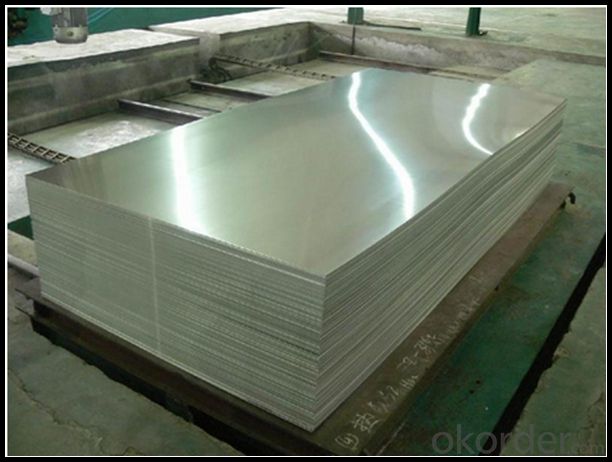
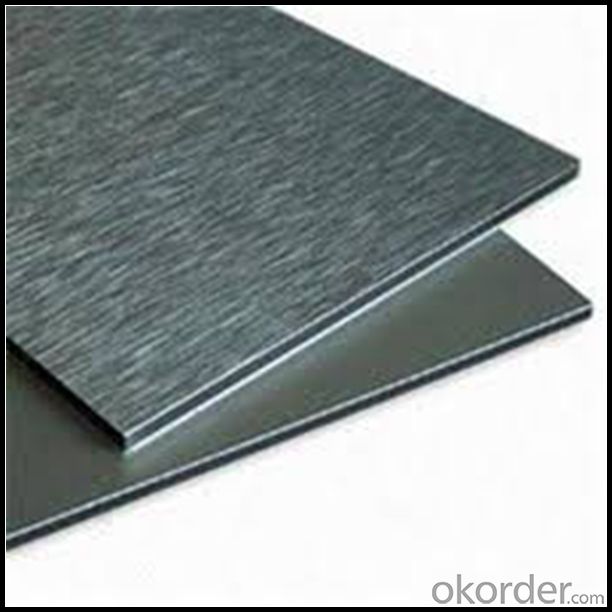
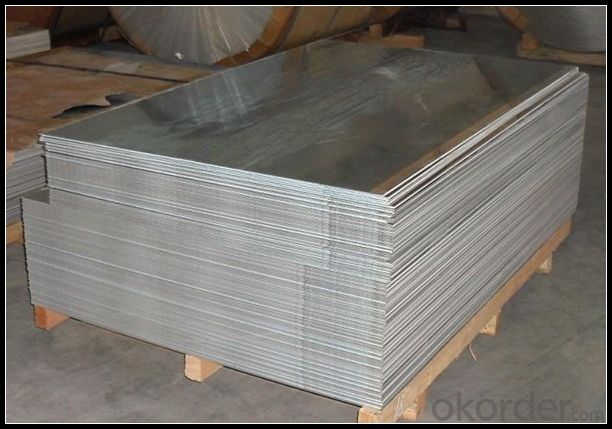
7. Package and shipping of Auminium Sheet As Per American Standard ASTM
First, plastic cloth with drying agent inside; Second, Pearl Wool ; Third, wooden cases with dry agent , fumigation wooden pallets, aluminum surface could cover blue PVC film
8. FAQ
1) What is the delivery time?
Depends on actual order, around 20 to 35 days
2) What is the QC system:
We have QC staff of 20 persons and advanced equipment, each production is with MTC traced from Aluminum ingot lot.
3) What market do you mainly sell to?
Australia, America, Asia, Middle East, Western Europe, Africa etc
- Q: Can aluminum sheets be used for electrical connectors?
- Yes, aluminum sheets can be used for electrical connectors.
- Q: Can aluminum sheets be used as heat shields?
- Aluminum sheets are capable of being used as heat shields. The reason for this is that aluminum possesses exceptional thermal conductivity, enabling it to effectively conduct and transfer heat away from its source. Moreover, aluminum exhibits a high melting point, which enables it to endure high temperatures without distorting or warping. These characteristics render aluminum sheets an optimal selection for heat shield purposes, which encompass safeguarding delicate components and structures from heat-related harm in various industries such as automotive, aerospace, and industrial sectors. Additionally, aluminum is lightweight and comparatively easy to mold, which makes it a practical alternative for heat shields that necessitate installation in confined areas or intricate designs. In summary, utilizing aluminum sheets as heat shields provides efficient thermal protection while offering durability, versatility, and cost-effectiveness.
- Q: Explain the various types of coatings that can be applied to aluminum sheets.
- <p>Aluminum sheets can be coated with several options to enhance their appearance, durability, and functionality. These include: 1) Anodizing, which creates a protective oxide layer, 2) Powder coating, offering a wide range of colors and textures, 3) Liquid painting, for a smooth, painted finish, 4) Laminating, which bonds a protective film to the surface, 5) Electrolytic coloring, resulting in a variety of colors, 6) PVD (Physical Vapor Deposition), for a high-quality, durable finish, and 7) Thermal spraying, applying a coating to improve wear resistance. Each method serves different purposes and has its advantages and limitations.</p>
- Q: Can the aluminum sheets be bent or formed into different shapes?
- Aluminum sheets possess the remarkable ability to undergo effortless bending and shaping procedures. Displaying exceptional malleability, aluminum is capable of being manipulated with utmost ease, devoid of any risk of fracturing or shattering. This unique characteristic renders it a perfect choice for diverse applications that necessitate adaptability and tailored specifications. Employing an assortment of methodologies including press brakes, rollers, and specialized forming tools, aluminum sheets can be flexed, folded, rolled, or formed effortlessly. Such remarkable versatility enables the fabrication of intricate shapes and structures, rendering aluminum an immensely favored option in sectors like construction, automotive, aerospace, and manufacturing.
- Q: Can aluminum sheets be used for roof flashing?
- Yes, aluminum sheets can be used for roof flashing. Aluminum is a popular choice for roof flashing due to its durability, corrosion resistance, and lightweight properties. It provides a reliable barrier against water penetration and helps to redirect water away from vulnerable areas on the roof, such as valleys and chimneys. Additionally, aluminum flashing is relatively easy to install and maintain, making it a practical choice for roof flashing purposes.
- Q: Can the aluminum sheets be used for manufacturing heat shields?
- Yes, aluminum sheets can be used for manufacturing heat shields.
- Q: This question asks for a guide on the correct procedure to install aluminum sheets, likely for construction or renovation purposes.
- <p>To install aluminum sheets properly, follow these steps: 1. Prepare the surface by cleaning and leveling it. 2. Measure and cut the aluminum sheets to the required size using a metal saw or tin snips. 3. Apply a bead of construction adhesive along the edges of the surface where the sheets will be placed. 4. Position the aluminum sheet, ensuring it's aligned correctly. 5. Secure the sheet with screws or nails, using a washer to prevent tearing. 6. Seal the seams and edges with a weatherproof sealant to prevent water ingress. 7. Inspect the installation for any gaps or unevenness and make adjustments as needed. Always follow the manufacturer's guidelines and safety precautions while working with aluminum sheets.</p>
- Q: What are the advantages of using aluminum sheets in automotive applications?
- Using aluminum sheets in automotive applications offers several advantages. Firstly, aluminum is a lightweight material, meaning it can significantly reduce the vehicle's overall weight, leading to improved fuel efficiency and lower emissions. This is crucial in today's environmentally conscious society. Secondly, aluminum sheets provide excellent corrosion resistance due to their oxide layer. This makes aluminum a durable choice for automotive applications, ensuring the vehicle maintains its structural integrity and aesthetic appeal over time. Additionally, aluminum has exceptional thermal conductivity, allowing for efficient heat dissipation. This makes it suitable for applications such as radiators and heat exchangers, preventing overheating and extending the lifespan of various vehicle components. Moreover, aluminum is highly malleable, allowing it to be easily formed into complex shapes and designs. This versatility enables greater design flexibility in automotive manufacturing, resulting in sleek and aerodynamic vehicles. Furthermore, aluminum is a recyclable material, aligning with the industry's focus on sustainability. Its recyclability contributes to a more circular economy, where materials can be reused and repurposed, reducing waste and minimizing environmental impact. Lastly, despite being lightweight, aluminum sheets have an excellent strength-to-weight ratio. This robustness allows for the construction of safe and reliable vehicles capable of withstanding various road conditions and potential impacts. In conclusion, the benefits of using aluminum sheets in automotive applications include weight reduction, corrosion resistance, thermal conductivity, design flexibility, recyclability, and a high strength-to-weight ratio. These advantages contribute to improved fuel efficiency, durability, safety, and environmental sustainability in the automotive industry.
- Q: I have a set of Chrome Aluminum rims, and two of them have scratches on them. So instead of buying new ones, is it possible to paint them. I was thinking black.
- Chrome rims and aluminum rims are not the same thing. There are chrome plated aluminum rims, but not many. Aluminum rims can be painted pretty easily as aluminum is pretty soft and you can sand it easily to paint it. If they are chrome plated it is harder to do because chrome plating is very hard, and doesn't sand easily, making it hard to get something to stick. Go to an auto paint store and tell them what you want to do. Use the best materials you can get, otherwise the paint will peel off and it will look worse than it does now.
- Q: What are the different types of alloys used in aluminum sheets?
- There are several different types of alloys used in aluminum sheets, each offering unique properties and benefits. Some of the most common alloys include: 1. 3003 alloy: This alloy is commonly used in general-purpose applications due to its excellent formability, corrosion resistance, and weldability. It is often used for cooking utensils, signage, and chemical equipment. 2. 5052 alloy: Known for its high strength and good corrosion resistance, the 5052 alloy is commonly used in marine and automotive applications. It is also used for sheet metal fabrication and structural components. 3. 6061 alloy: This alloy is highly versatile and is used in a wide range of applications, including aerospace, automotive, and structural components. It offers excellent strength, machinability, and weldability. 4. 7075 alloy: Primarily used in aerospace and high-strength applications, the 7075 alloy is known for its exceptional strength-to-weight ratio. It is often used in aircraft fittings, gears, and bike frames. 5. 2024 alloy: Another popular alloy in aerospace applications, the 2024 alloy boasts a high strength-to-weight ratio and excellent fatigue resistance. It is commonly used for aircraft structures, bolts, and rivets. 6. 5083 alloy: This alloy is specifically designed for marine applications due to its outstanding corrosion resistance and high strength. It is often used for boat hulls and structural components. These are just a few examples of the various alloys used in aluminum sheets. Each alloy has its own unique combination of properties, allowing it to excel in specific applications.
Send your message to us
Embossed Aluminum Sheets as per American Standard ASTM
- Loading Port:
- Shanghai
- Payment Terms:
- TT OR LC
- Min Order Qty:
- 5 m.t.
- Supply Capability:
- 1000 m.t./month
OKorder Service Pledge
OKorder Financial Service
Similar products
Hot products
Hot Searches
Related keywords
